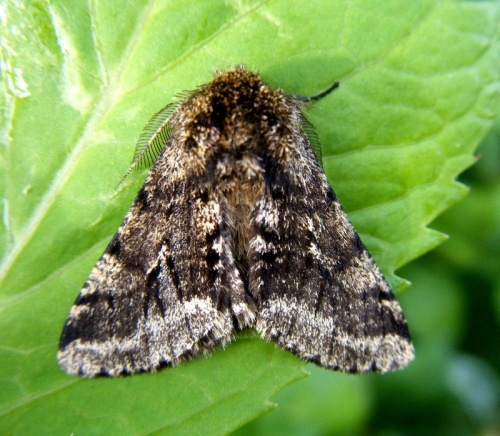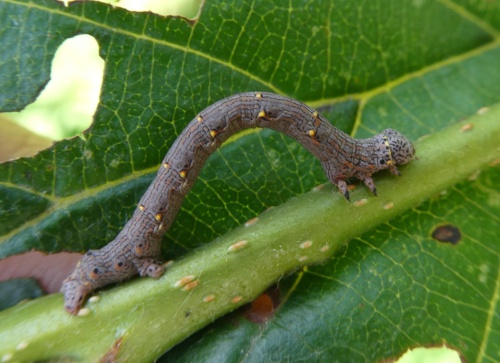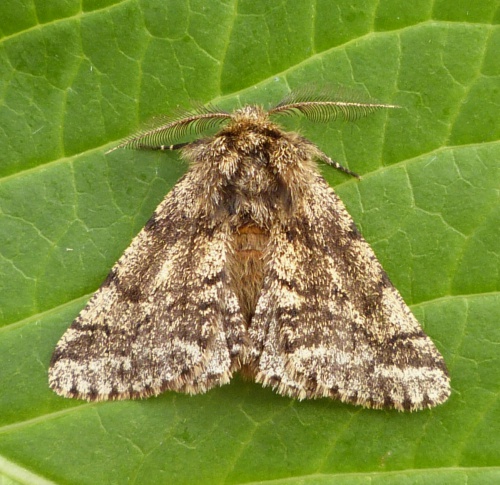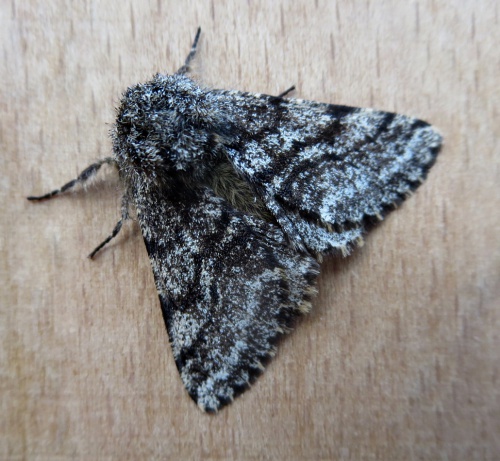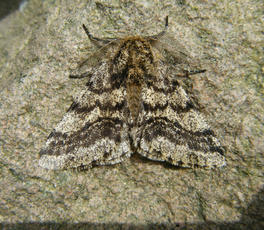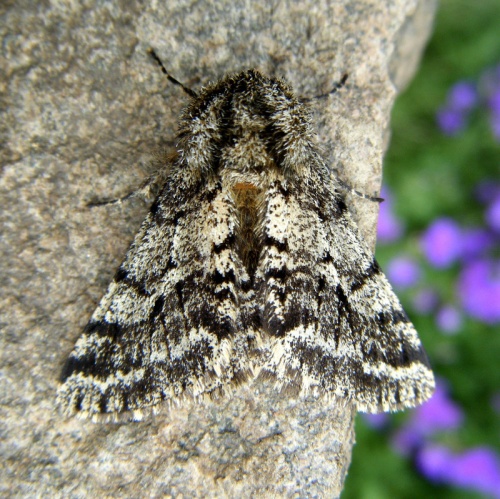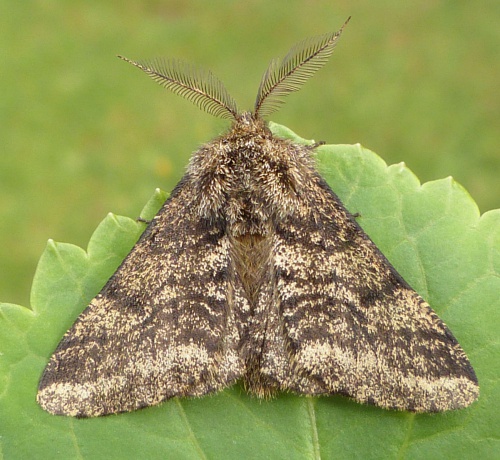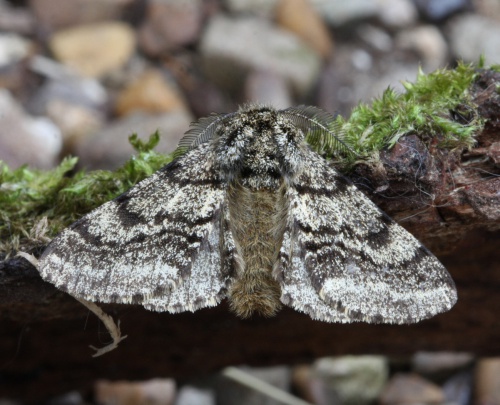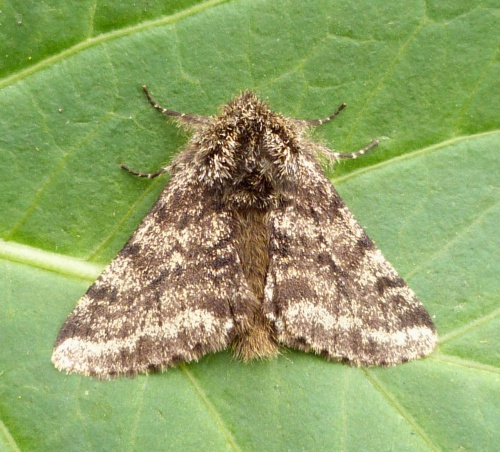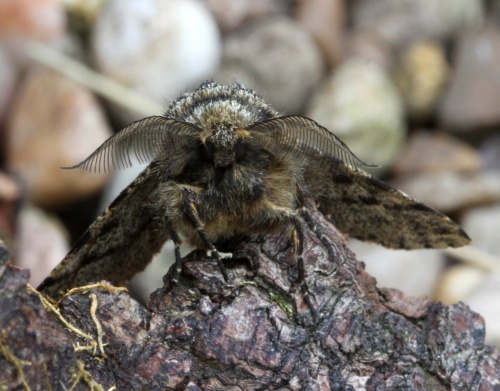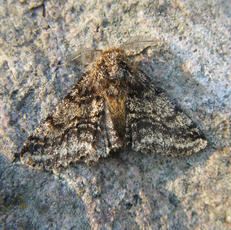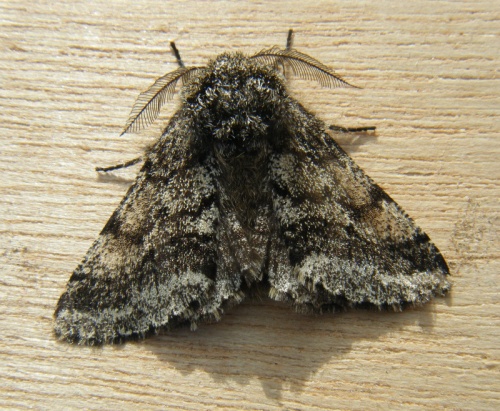Brindled Beauty - Lycia hirtaria
Wingspan 35 to 45 mm. Distinguished by prominent black cross lines on the wings.
It prefers woodland and suburban habitats, and feeds on a range of deciduous trees.
March and April.
Larva feeds on various broad-leaved trees and shrubs, including Birch, Hawthorn, Alder, Willow, Oak, Elm and Lime, overwintering as a pupa.
Occurring throughout a large part of Britain, this species is commonest in the south, especially the Home Counties. In a recent survey to determine the status of all macro moths in Britain this species was classified as common.
Fairly common in Leicestershire and Rutland. L&R Moth Group status = A (common and resident)
Leicestershire & Rutland Map
Enter a town or village to see local records
MAP KEY:
Yellow squares = NBN records (all known data)
Coloured circles = NatureSpot records: 2020+ | 2015-2019 | pre-2015
UK Map
Species profile
- Common names
- Brindled Beauty
- Species group:
- Moths
- Kingdom:
- Animalia
- Order:
- Lepidoptera
- Family:
- Geometridae
- Records on NatureSpot:
- 213
- First record:
- 21/04/2006 (Skevington, Mark)
- Last record:
- 22/04/2024 (Pugh, Dylan)
Total records by month
% of records within its species group
10km squares with records
The latest images and records displayed below include those awaiting verification checks so we cannot guarantee that every identification is correct. Once accepted, the record displays a green tick.
In the Latest Records section, click on the header to sort A-Z, and again to sort Z-A. Use the header boxes to filter the list.


